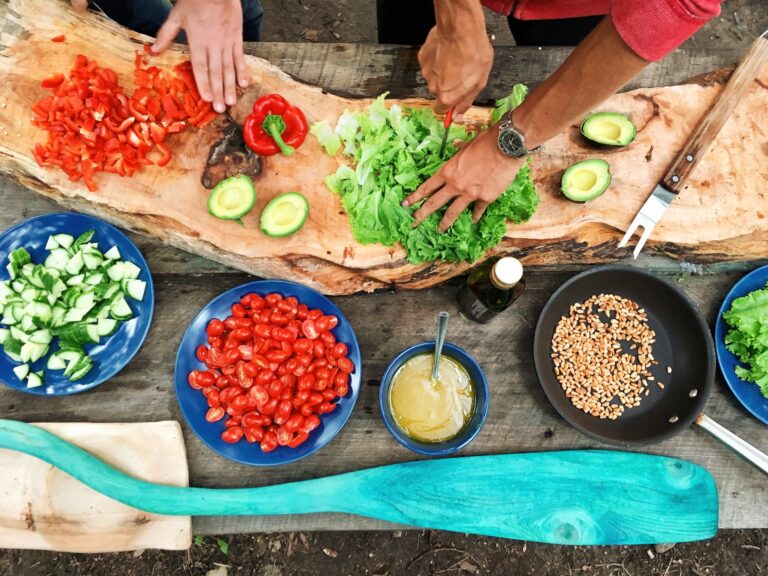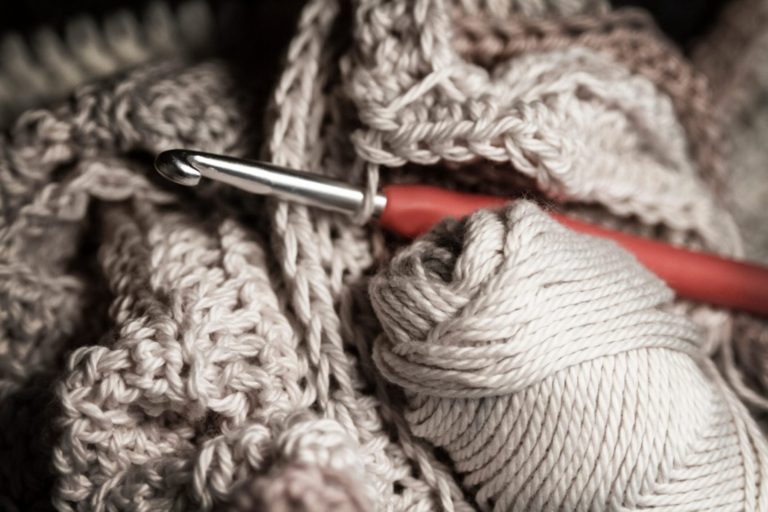Travel Trips and Destinations for Summer Adventurers
Get ready to embrace the magic of summer! It’s the perfect season to awaken your inner explorer, savor the thrill of freedom, and make every moment count. Remember, travel isn’t just about moving from point A to point B; it’s about learning continuously and sprinkling your life with unforgettable memories. But, as we all know, every adventure carries its share of surprises. Don’t fret, though – we’ve got you covered. Dive into our expertly-curated travel tips and discover three destinations that will inevitably satisfy your spirit of adventure this summer:
Starved Rock State Park, Illinois
First on our list is a day trip to Starved Rock State Park, about two hours west of Chicago. The park boasts some of the finest natural attractions in the Midwest, with an impressive 18 canyons, scenic waterfalls, and a wide variety of wildlife. Take a guided tour or embark on a self-guided adventure, it’s the perfect place to commune with nature and appreciate the beauty of the Illinois Valley.
Lake Geneva, Wisconsin
If a serene lakeside excursion suits your fancy, consider visiting Lake Geneva in Wisconsin. Only a short hour and a half drive from Chicago, it’s a haven of relaxation and natural beauty. Here, you’ll find opportunities to indulge in boating, fishing, or simply a picnic by the waterside. For a real treat, take a historical tour on the lake’s mail boat, a century-old tradition that offers a unique perspective of the stunning lakeside homes.
Michigan City, Indiana
Finally, a day trip to Michigan City in Indiana offers a blend of city attractions and natural beauty, only an hour away from Chicago. Enjoy the vibrant arts scene at the Lubeznik Center for the Arts, explore the beautiful Washington Park Zoo nestled on a sand dune overlooking Lake Michigan, or stroll the colorful boutiques and antique shops of the Uptown Arts District.
When embarking on these adventures, remember to consider your comfort and health. Carry water, snacks, and any required medication. Dress for the weather, and wear comfortable footwear suitable for the activity you’re planning. Whether you’re journeying solo or with loved ones, each trip offers a unique opportunity for exploration, learning, and a touch of adventure.
So, here’s our Sage Advice: take the summer its hands and step out into the world. There’s a lot to see, much to learn, and countless experiences waiting just for you. Exploration is not just about discovering new places, but also about discovering ourselves. After all, age is just a number, and the world is our timeless playground. Embrace your independence, pursue vibrant living, and make the most of the educational experiences that these journeys offer.











